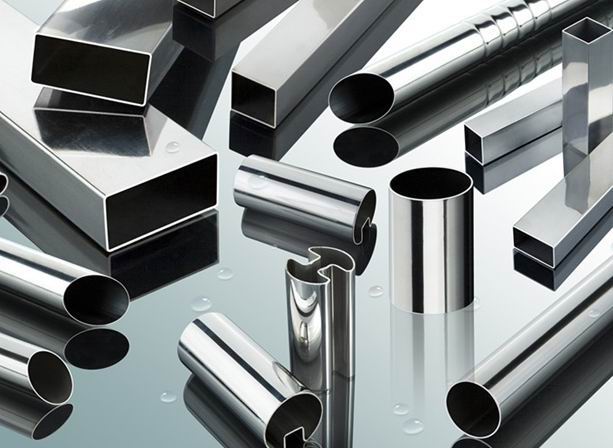What is Duplex?
Duplex and Super Duplex supplier Grades of Stainless Steel offer exceptional rust resistance when 316 grade simply isn't enough.
Duplex Stainless Steel Fasteners (SAF 2205 or UNS S31803) or Super Duplex Stainless-steel Fasteners (SAF 2507 or UNS S32750) are grades of Stainless Steel frequently required in the battle versus rust when 316 grade simply isn't enough, such as being constantly submerged in salt-water. An important function of Duplex stainless-steel is that its pitting and crevice deterioration resistance is significantly superior to that of 304 or 316 grade Stainless-steel.
This integrated with high mechanical strength and ductility makes it an outstanding material for many applications. Frequently 316 Grade Stainless Steel is described as 'Marine grade' - and yes while it is often used and perfect for marine environments such as fastenings on a private yacht's deck, it is by no suggests the most robust alloy for high chloride environments (E.g. salt-water). Where fastener strength and stability is crucial, such as for bolts in a Luxury yacht's Keel, a Duplex or Super Duplex Fastener is needed. Also where a Stainless Fastener is submerged in salt-water, Duplex would be the minimum requirement. Duplex and Super Duplex Fasteners are not generally 'off the shelf' and equipped by stainless fastener suppliers. They are made to purchase and making certain the source is concentrated on Duplex fastener manufacture with a high degree of Quality assurance is important.
Duplex Production technologies
Duplex fastenersare ideally made with forged heads and rolled threads, with the heating in the forging procedure thoroughly temperature controlled.
Duplex fasteners can be CNC machined from round or hex bar - however preferably they would be made with forged heads and rolled threads. Threads must be rolled instead of machined to guarantee smoother, more powerful threads are gotten as compared with machined/CNC threads - this increases the thread's yield strength, surface area finish, solidity, and use resistance. When Hot Creating the fastener head, temperature level control is vital. When heating Duplex you should avoid prolonged time in the critical temperature level zone as this motivates undesirable Nitrides and Carbides to form. It is very important that digital control equipment is utilized to quickly warm through this temperature zone and immediately remove from the heat source when the temperature http://knoxxceg963.theburnward.com/duplex-stainless-steel-expectations-vs-reality is optimum for forging. Any Duplex product should then undergo laser marking to ensure traceability of the fastener through the supply chain. Test Certificates ought to likewise always be acquired.

Duplex Applications - where would you utilize Super Duplex over Duplex?
Applications which can take advantage of the use of these duplex steels involve piping systems, pumps (where the good erosion and abrasion resistance is used), valves, heat exchangers, Keel Bolts, utilized with products immersed in salt-water and other equipment.
Duplex has outstanding general rust resistance; superior to grade 316 in many environments, consisting of resistance to inter-granular, pitting and crevice deterioration. Super Duplex has even greater pitting resistance. In summary - 316 is excellent, Duplex is terrific and Incredibly Duplex is well - 'SUPER'! Among the most common approaches to define resistance to pitting corrosion is the PRE worth, Pitting Resistance Equivalent. The PRE can be calculated from the composition as: PRE = %Cr + 3.3 %Mo + 16 %N Plainly grades high in the alloying aspects Chromium and especially Molybdenum and nitrogen are more resistant.